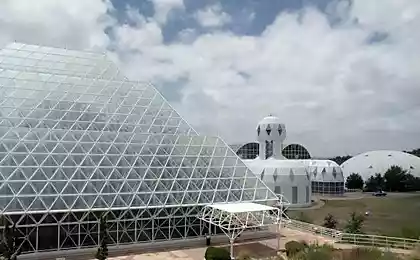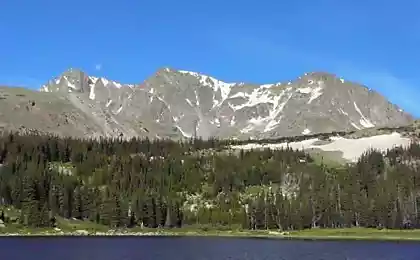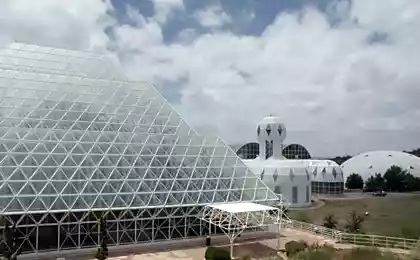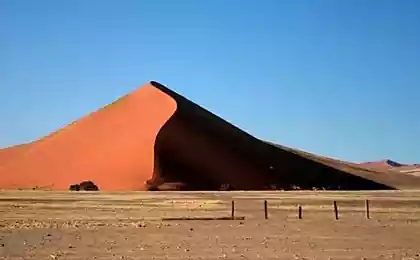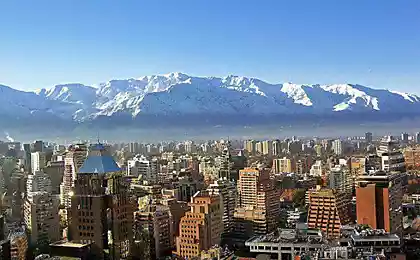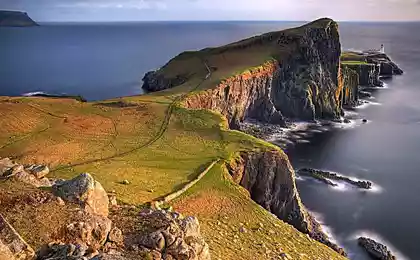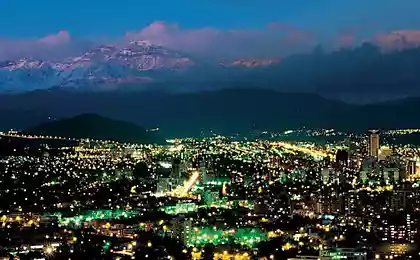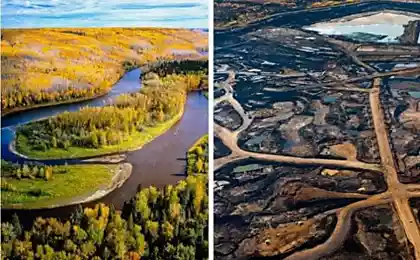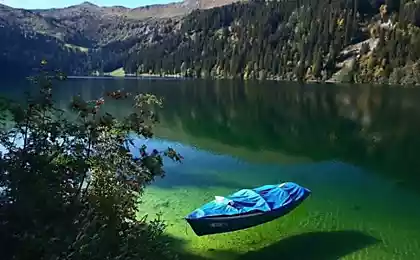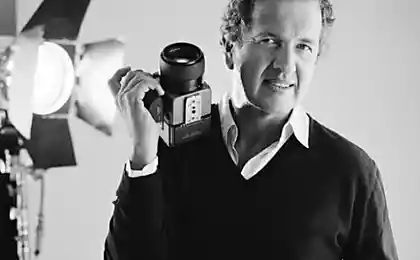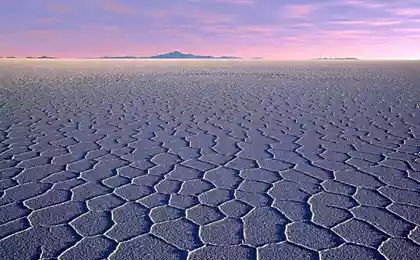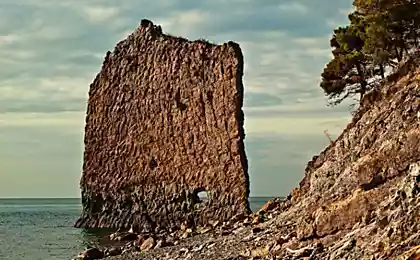580
The dry pustina in the world
The North of Chile is a contrast plateau (Аltiplano) and desert (Desierto de Atacama), so lifeless Sands combined with beauty, rich flora and fauna of the oases and plateaus, the cloudless beaches of the coastal zone. While in the desert, sometimes it doesn't rain and humidity is equal to zero on the plateau are irregular tropical rains in January and February. There is no drought, but the high location of this area above sea level contributes to the specificity of development of flora and fauna that can exist at an altitude of 3500 meters.
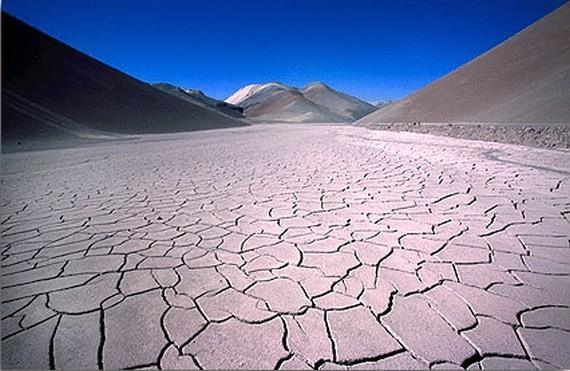
National Park of the country declared a UNESCO World Reserve of the Biosphere. The picturesque plateau, with its unique lakes, salt flats, geysers, thermal springs, marshes opens to tourists a long history of ancient settlements of Indians, which existed in the area. The most ancient archaeological sites in this region suggests that ancient people lived here already in 10-13 thousand years ago — the end of the ice age and time of appearance of the first humans in America. Near the town of Arica archaeologists found the mummy, which was stored in the sand from 8000 BC, which is considered the most ancient example of mummification in the world and evidence of the existence of an ancient culture Chinchorro (Chinchorro). In 2000 BC there were settlements on the coast, in the oases and on the plateau who were engaged in hunting, fishing, tamed llamas, engaged in farming.
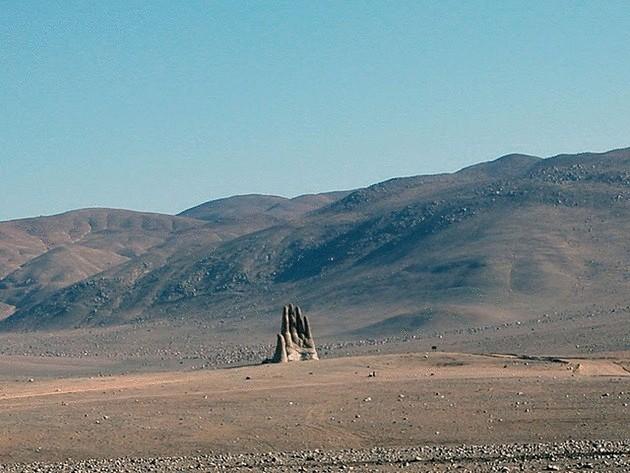

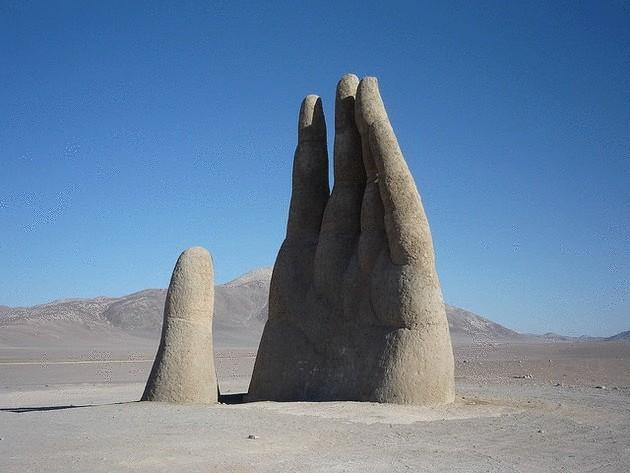
At the same time there was already trade with the tribes of Peru and North of Argentina, which contributed to the emergence of new agricultural technology, the development of weaving and pottery. "Hand of the desert" – a monumental sculpture of a hand located in the Atacama desert. It is difficult to answer the question, I wanted to tell the author of the composition – Chilean sculptor Mario Irarrazabal, pooping in the middle of nowhere a huge hand that came out of the sand on 11 meters. One thing is clear – an unusual phenomenon, emerging like a Mirage in the desert in the eyes of the astonished drivers who are able to shake them from the monotony of the road and give food for thought for the next few hundred kilometers.
Source: /users/117

National Park of the country declared a UNESCO World Reserve of the Biosphere. The picturesque plateau, with its unique lakes, salt flats, geysers, thermal springs, marshes opens to tourists a long history of ancient settlements of Indians, which existed in the area. The most ancient archaeological sites in this region suggests that ancient people lived here already in 10-13 thousand years ago — the end of the ice age and time of appearance of the first humans in America. Near the town of Arica archaeologists found the mummy, which was stored in the sand from 8000 BC, which is considered the most ancient example of mummification in the world and evidence of the existence of an ancient culture Chinchorro (Chinchorro). In 2000 BC there were settlements on the coast, in the oases and on the plateau who were engaged in hunting, fishing, tamed llamas, engaged in farming.



At the same time there was already trade with the tribes of Peru and North of Argentina, which contributed to the emergence of new agricultural technology, the development of weaving and pottery. "Hand of the desert" – a monumental sculpture of a hand located in the Atacama desert. It is difficult to answer the question, I wanted to tell the author of the composition – Chilean sculptor Mario Irarrazabal, pooping in the middle of nowhere a huge hand that came out of the sand on 11 meters. One thing is clear – an unusual phenomenon, emerging like a Mirage in the desert in the eyes of the astonished drivers who are able to shake them from the monotony of the road and give food for thought for the next few hundred kilometers.
Source: /users/117

